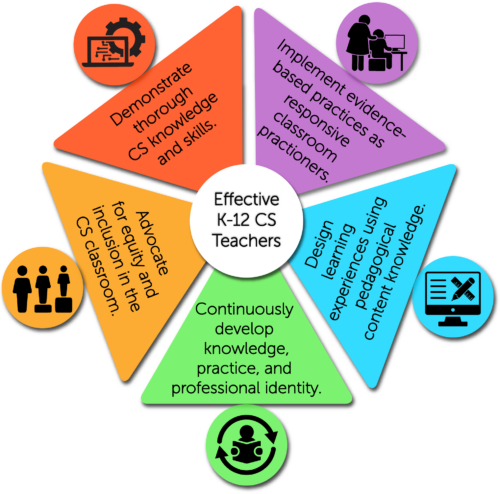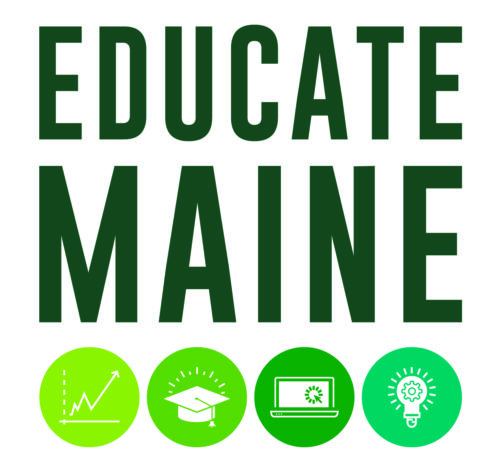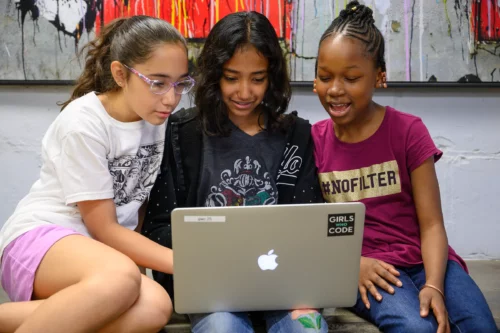“But They Just Aren’t Interested in Computer Science” (Part One)
Written By: Julie Smith
Note: this post is part of a series about the most-cited research studies related to K12 computer science education.
When discussions about the lack of women in tech occur, it is sometimes observed that the disparities exist because girls just aren’t as interested in studying computer science in school and women just choose not to work in the tech industry.
This sentiment is horribly misleading. It is true that research shows that girls and women are, on average, not as interested in studying or working in computing. But what is important to understand is that interest isn’t like eye color: it’s not an inherent, biological attribute that simply reflects human differences. Rather, what we choose to be interested in is strongly influenced by what our culture conveys is appropriate for ‘people like us.’ This may seem to be an unusual way of thinking about the issue; we often assume that our interests are simply pure reflections of our personality and volition. But, at least for the case of interest in computer science, the evidence suggests otherwise.
In a recent report, Allison Master, Sapna Cheryan, and Andrew N. Meltzoff describe two experiments which show how (dis)interest in computer science can be influenced by very simple interventions. They created photographs of stereotypical (think: Star Trek posters) and non-stereotypical computer science classrooms and showed them to high school students and asked which classroom they would prefer. Girls were significantly more likely to express interest in the course in the non-stereotypical classroom. (Boys’ interest was not impacted.). In their second experiment, the researchers provided participants with a written description of a computer science classroom, some stereotypical and some not. Again, girls were much more interested in a course in the non-stereotypical classroom.
These two experiments are important because they show that interest in computer science isn’t hard-wired. Rather, it appears to be strongly influenced by whether computing is presented as conforming to stereotypes that aren’t as welcoming to girls. For those of us concerned with the negative effects of the lack of women in tech – not just on the women themselves but on a society that is ever-increasingly shaped by technology – these results are good news because they show that relatively simple interventions can increase girls’ interest in the study of computing.
Further Reading
- Girls in STEM: Is It a Female Role-Model Thing?
- Promising Practices for Addressing the Underrepresentation of Women in Science, Engineering, and Medicine
Series
“But They Just Aren’t Interested in Computer Science” (Part Two)
“But They Just Aren’t Interested in Computer Science” (Part Three)







